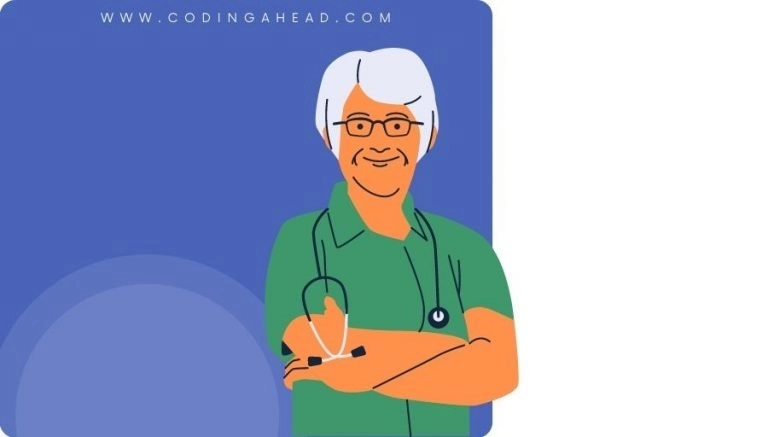How To Use CPT Code 43215
CPT 43215 describes the procedure of esophagoscopy, flexible, transoral, with removal of foreign body(s). This article will cover the description, official description, procedure, qualifying circumstances, appropriate usage, documentation requirements, billing guidelines, historical information and billing examples.
1. What is CPT Code 43215?
CPT 43215 can be used to describe the procedure of esophagoscopy, flexible, transoral, with removal of foreign body(s). This code is used when a healthcare provider uses a flexible esophagoscope to examine the esophagus through the mouth and remove any foreign bodies that may be causing a blockage.
2. Official Description
The official description of CPT code 43215 is: ‘Esophagoscopy, flexible, transoral; with removal of foreign body(s).’ It is important to note that this code should not be reported in conjunction with codes 43197, 43198, or 43200. If fluoroscopic guidance is performed during the procedure, code 76000 should be used. For rigid transoral esophagoscopy with removal of foreign body(s), code 43194 should be used.
3. Procedure
- The healthcare provider prepares the patient for the procedure, ensuring they are appropriately prepped and anesthetized.
- The provider inserts a flexible esophagoscope into the patient’s mouth and down the throat to the level of the esophagus.
- Using the esophagoscope, the provider inspects the esophagus for any foreign bodies that may be causing a blockage.
- If a foreign body is identified, the provider uses a grasping instrument inserted through the working channel of the scope to remove it.
- Once the foreign body is successfully removed, the provider withdraws the esophagoscope and removes all instruments.
4. Qualifying circumstances
CPT 43215 is used when a patient has a foreign body in their esophagus that requires removal. The procedure is performed using a flexible esophagoscope, which allows the healthcare provider to visualize and remove the foreign body. It is important to note that this code should not be reported in conjunction with codes 43197, 43198, or 43200. If fluoroscopic guidance is performed during the procedure, code 76000 should be used. For rigid transoral esophagoscopy with removal of foreign body(s), code 43194 should be used.
5. When to use CPT code 43215
CPT code 43215 should be used when a healthcare provider performs a transoral esophagoscopy with the specific intention of removing a foreign body from the esophagus. It is important to ensure that the procedure meets the criteria outlined in the official description and that it is not performed in conjunction with other specified codes.
6. Documentation requirements
To support a claim for CPT 43215, the healthcare provider must document the following information:
- Patient’s medical history and reason for the procedure
- Details of the procedure, including the use of a flexible esophagoscope and the removal of the foreign body
- Date and duration of the procedure
- Description of the foreign body and its location within the esophagus
- Any complications or additional procedures performed
- Signature of the healthcare provider performing the procedure
7. Billing guidelines
When billing for CPT 43215, ensure that the procedure meets the criteria outlined in the official description. It is important to note that this code should not be reported in conjunction with codes 43197, 43198, or 43200. If fluoroscopic guidance is performed during the procedure, code 76000 should be used. For rigid transoral esophagoscopy with removal of foreign body(s), code 43194 should be used.
8. Historical information
CPT 43215 has undergone historical changes. On January 1, 2015, the code description was changed to ‘Esophagoscopy, flexible, transoral; with removal of foreign body.’ On January 1, 2014, the code description was changed to ‘Esophagoscopy, rigid or flexible; with removal of foreign body.’ The code was initially added to the Current Procedural Terminology system on January 1, 1990.
9. Examples
- A patient presents with a fish bone stuck in their esophagus. The healthcare provider performs a transoral esophagoscopy and successfully removes the foreign body.
- A child accidentally swallows a small toy. The healthcare provider uses a flexible esophagoscope to visualize and remove the toy from the esophagus.
- An adult patient complains of difficulty swallowing and is found to have a large pill lodged in their esophagus. The healthcare provider performs a transoral esophagoscopy and removes the pill.
- A patient with a history of esophageal strictures presents with food impaction. The healthcare provider uses a flexible esophagoscope to identify and remove the impacted food.
- A patient with a known esophageal tumor experiences sudden pain and difficulty swallowing. The healthcare provider performs a transoral esophagoscopy and removes the tumor, relieving the patient’s symptoms.


